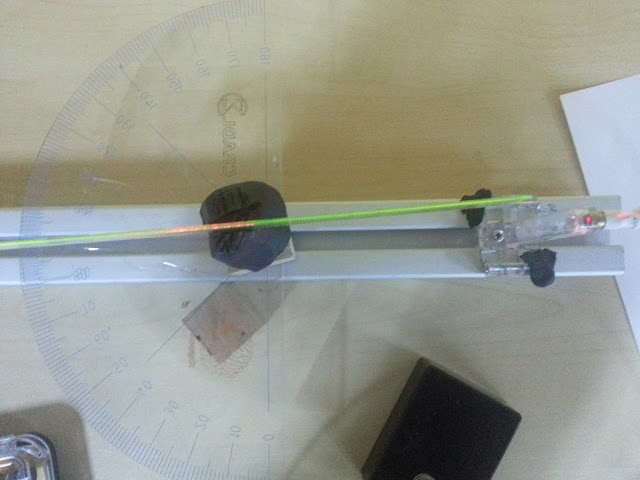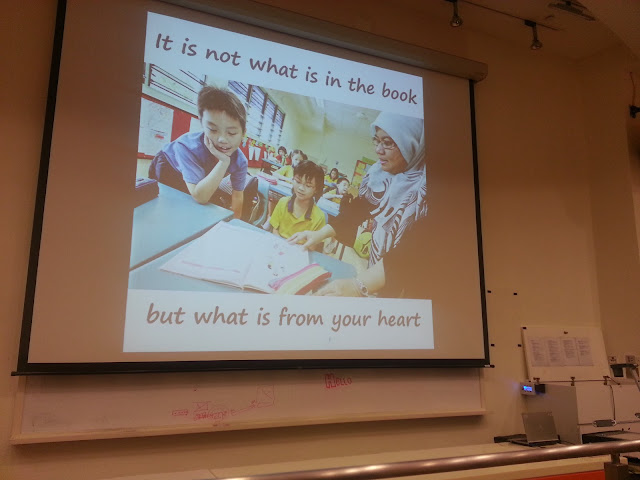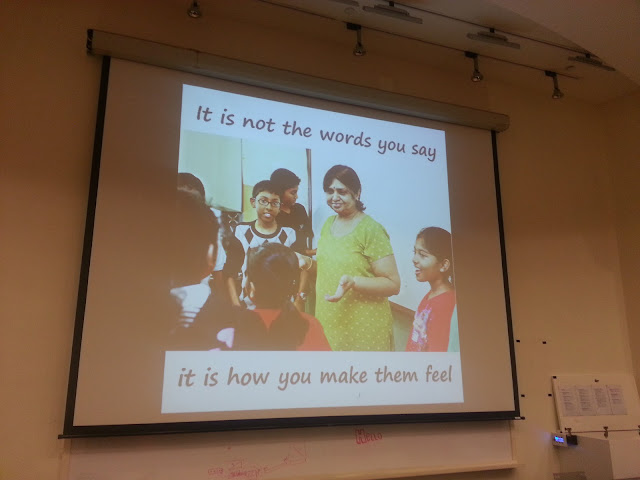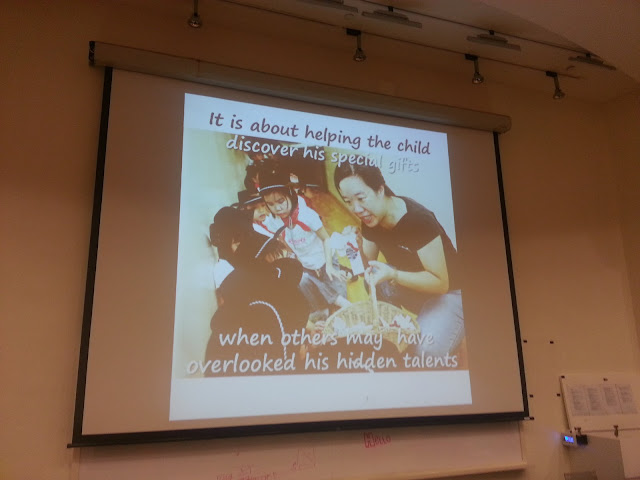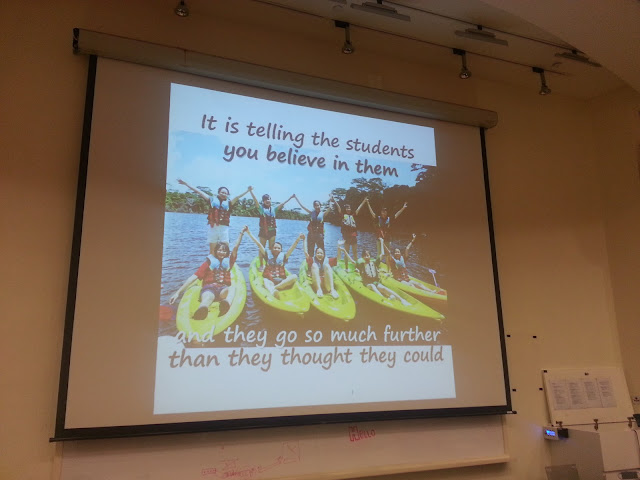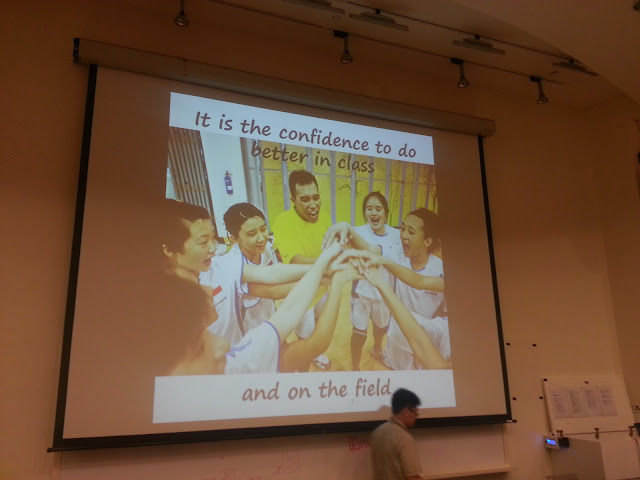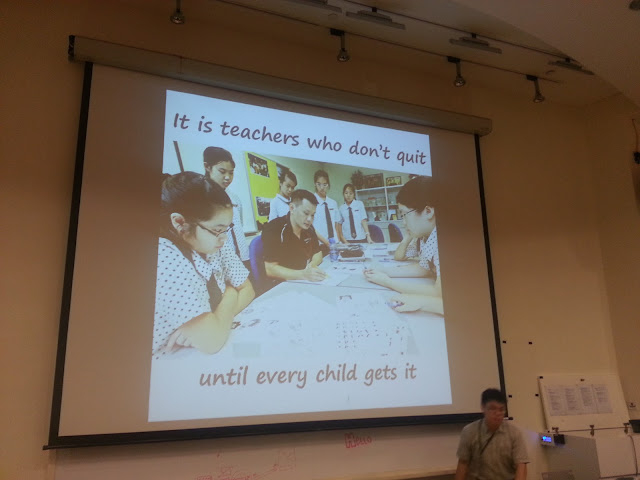Briefing Document: Physics Education and Open Educational Resources in Singapore
Subject: Analysis of "20130515 Physics Chapter at Science Centre 02 April 2013 - Open Educational Resources / Open Source Physics @ Singapore" document.
Executive Summary:
This document analyzes a blog post detailing a physics workshop at the Singapore Science Centre, highlighting its focus on diffraction as a metrology tool. More broadly, the post serves as a portal to a broader collection of open educational resources (OER) and open-source physics (OSP) initiatives in Singapore, covering a vast range of topics and demonstrating a commitment to interactive, technology-enhanced learning in physics and other STEM subjects. The document reveals a blend of practical, hands-on experiments with digital simulations, demonstrating a multi-faceted approach to teaching physics.
Key Themes and Ideas:
- Diffraction as a Practical Tool (Science Centre Workshop):
- The core of the blog post describes a workshop focused on teaching diffraction. It uses the premise of diffraction to demonstrate how properties of light such as wavelength can be measured.
- The workshop employs a hands-on approach using a laser, ruler, and protractor to observe and quantify diffraction patterns. It emphasizes that "simple, inexpensive experiments can be carried out to achieve remarkably accurate results."
- The workshop connects the historical development of light theory from Newton's corpuscular theory to Young's wave theory and its application in X-ray diffraction.
- The objective of the workshop is "to explore how light interacts with small structures to cause diffraction effects, and make use of the observed patterns to determine properties of light (e.g. wavelength) or the microscopic properties of the diffracting objects."
- Quote: "In this workshop, participants will explore how light interacts with small structures to cause diffraction effects, and make use of the observed patterns to determine properties of light (e.g. wavelength) or the microscopic properties of the diffracting objects."
- Quote: "For instance, participants will be able to measure the wavelength of light, which is smaller than a micrometer, accurately using a common ruler."
- The experimental setup involved shining a laser beam on a ruler and observing the diffraction pattern. Measurements, including angle of the diffraction, are taken to then calculate the wavelength of light.
- The provided measurements and calculation shows that "using the formula sin 2 = d/1x10^-3 using sin θ = n λ/ d, observing the first order n =1, calculating gives an estimate of the λ = 1x10^-6 m order of magnitude found for red light! which is actually 700x10^-9 m".
- Open Educational Resources (OER) and Open Source Physics (OSP):
- The blog post is hosted within a larger initiative committed to OER and OSP, evidenced by the website title and numerous links. The site states "Open Educational Resources / Open Source Physics @ Singapore".
- This commitment is reflected in the vast array of resources linked on the page, including interactive simulations, modeling tools, and video analysis materials.
- The breadth of OER/OSP tools extends beyond physics, touching upon other STEM disciplines like mathematics and chemistry.
- The materials are designed for a range of educational levels, from primary to junior college and polytechnic.
- The platform emphasizes the use of Easy JavaScript/Java Simulations (EJS) for creating interactive learning tools. It encourages users to "Re Create or Convert EJS to EJSS".
- Quote: "Contents are licensed Creative Commons Attribution-Share Alike 4.0 Singapore License."
- There is a clear intention to build a community around these resources, evidenced by the repeated mention of workshops and seminars related to the use of these tools.
- Technology-Enhanced Learning:
- The document emphasizes the integration of technology in education through the use of simulations, video analysis, and interactive tools. The simulations often use JavaScript/HTML5 applets.
- The examples cover a wide range of topics and include interactive visualizations such as:
- Kinematics and Dynamics simulations
- Electromagnetism simulations
- Wave phenomena simulations (including diffraction)
- Quantum phenomena simulations (such as wave particle duality)
- 3D models for geometry and physics
- Data fitting and modeling tools
- There is a focus on using technology to model real-world phenomena, making abstract concepts more accessible to students.
- Tools like "Tracker" for video analysis are frequently mentioned and emphasized, showing an attempt to bridge real life experiences with educational applications.
- The document lists various workshops and conferences dedicated to exploring the use of different tools in education, including:
- Computational modeling workshops
- Tracker video analysis tool workshops
- Workshops on creating and using EJS simulations
- Seminars on the use of OER in education
- Collaboration events for various physics educational programs
- Professional development opportunities for teachers to integrate technology into their curriculum
- Pedagogical Focus:
- The resources are not just about technology, but also emphasize effective pedagogical approaches, such as:
- Inquiry-based learning: Demonstrated through the use of simulations to encourage exploration and experimentation
- Hands-on learning: Demonstrated through the physics workshop.
- Metacognitive skills: Mentioned in the context of using digital simulations.
- Model building: Demonstrated through the use of tracker and the "Model Builder" tool.
- The materials are designed to be customizable to the learning needs of participants, suggesting a student-centered approach.
- The document features various pedagogical practices ranging from primary to college level, including those relevant to physics, math, and chemistry.
- The content mentions several collaborations with universities and educational institutions, showcasing the use of these tools in the wider educational community.
- The use of tags and categories further shows an attempt to make the material as accessible and useful as possible.
Target Audience:
- Science educators (especially physics teachers)
- Curriculum developers
- Educational technology specialists
- Students interested in physics and STEM
Key Takeaways:
- This resource demonstrates a strong commitment to making high-quality physics education accessible through OER and OSP.
- It highlights a practical, hands-on approach combined with technology-enhanced learning.
- It shows a dynamic and evolving educational program using simulations, video analysis, and interactive tools.
- It underscores the importance of collaboration and community building in educational innovation.
Recommendations:
- Further explore the linked resources to gain a deeper understanding of the available tools and materials.
- Consider integrating the OER and OSP into your teaching practice or curriculum development projects.
- Reach out to the community for support and collaboration opportunities.
This briefing document is intended to provide a comprehensive overview of the key themes and ideas presented in the provided document. It is a starting point for further exploration and engagement with the resources.
http://weelookang.blogspot.sg/2013/05/physics-chapter-at-science-centre-02.html
Physics Chapter at Science Centre 02 April 2013
an interesting demo to figure out diffraction after reflecting off a flat surface.
text taken from science centre singapore http://www.science.edu.sg/schoolprogrammes/Pages/Cradle-ArduinoWorkshop.aspx#cradle_diffractionDiffraction as Metrology Tool
The study of light has been a major topic since the time of the ancient Greeks. In early 18th century, Sir Isaac Newton proposed that light must be corpuscular, i.e. made up of particles, to explain the straight line propagation of light. Newton’s particle theory was supported by many scientists. It wasn’t until early 19th century that the wave theory of light gained popularity when Thomas Young demonstrated diffraction effects using two closely spaced slits. Both Newton and Young’s work laid the foundation for analysing crystal structures using X-ray diffraction (Laue and Bragg) as well as the discovery of the wave-particle duality in light many years later.
In this workshop, participants will explore how light interacts with small structures to cause diffraction effects, and make use of the observed patterns to determine properties of light (e.g. wavelength) or the microscopic properties of the diffracting objects. The experiments are closely related to important practical applications such as spectral analysis, x-ray structure analysis and optical data storage. This workshop also demonstrates how simple, inexpensive experiments can be carried out to achieve remarkably accurate results. For instance, participants will be able to measure the wavelength of light, which is smaller than a micrometer, accurately using a common ruler.
Mode of Delivery Practical lab session
Target Audience Sec 3-4*. Junior College and Polytechnics.
* While this workshop covers concepts of A-level physics syllabus, it is also suitable for upper secondary students with an aptitude for science. Workshop materials can be customised according to the learning needs of participants upon request.
Topics Light. Waves. Geometric optics (real and virtual images). Superposition and interference. Diffraction (using transmissive and reflective gratings). Spectral lines. Babinet’s principle.
 |
| front view of setup at science centre to explore diffraction as it is available http://www.science.edu.sg/schoolprogrammes/Pages/Cradle-ArduinoWorkshop.aspx#cradle_diffraction photo taken by lookang |
 |
| top view of setup at science centre to explore diffraction as it is available http://www.science.edu.sg/schoolprogrammes/Pages/Cradle-ArduinoWorkshop.aspx#cradle_diffraction photo taken by lookang |
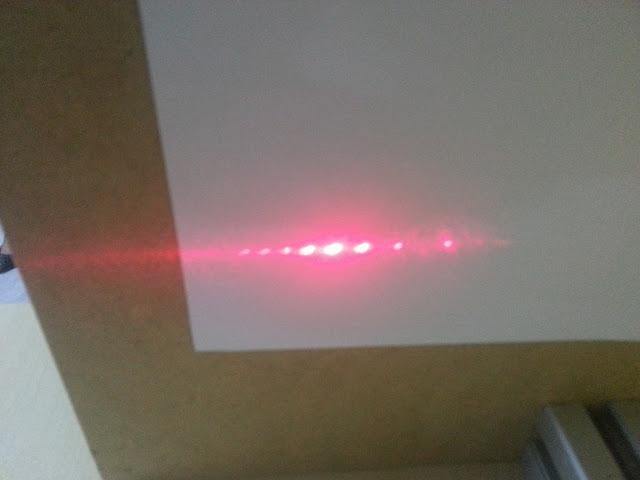 |
| diffraction pattern results from a laser beam diffracting and reflecting off a simple ruler |
 |
| since the ruler has 1 mm as the minimum spacing, with the help of the protractor, measurement is made of 2 degree . using the formula sin 2 = d/1x10^-3 |
 |
| using sin θ = n λ/ d, observing the first order n =1, calculating gives an estimate of the λ = 1x10^-6 m order of magnitude found for red light! which is actually 700x10^-9 m |
Frequently Asked Questions: Physics Education with Open Source Tools
- What is the focus of the Physics workshop described in the provided text, and what concepts are explored?
- The workshop focuses on the study of light and its interaction with small structures, specifically exploring the phenomenon of diffraction. It delves into how diffraction patterns can be used as a metrology tool to determine properties of light (such as wavelength) and the microscopic features of diffracting objects. It covers the wave nature of light, contrasting it with Newton's earlier corpuscular theory. Additionally, the workshop engages with practical applications like spectral analysis, X-ray structure analysis and optical data storage.
- Who is the target audience for the described physics workshops, and are there any prerequisites?
- The workshop is primarily designed for Secondary 3-4 students, Junior College students, and Polytechnics students. While it aligns with A-level physics concepts, upper secondary students with an aptitude for science can also benefit from it. The materials can be customized to cater to the specific learning needs of the participants upon request.
- How is diffraction used as a metrology tool, according to the workshop?
- Diffraction allows us to measure very small things by observing the patterns created when light interacts with objects. By analyzing these patterns, we can determine properties like the wavelength of the light or the size of the objects causing the diffraction. The workshop demonstrates this concept by using everyday objects like a ruler and a laser to achieve remarkably accurate results, even measuring wavelengths much smaller than a micrometer.
- What is Open Source Physics (OSP), and what does it offer in the context of physics education?
- Open Source Physics (OSP) refers to the use of freely available, modifiable and distributable physics resources including simulations and tools. It enables educators and students to explore and modify educational resources, enhancing learning through interactive experiences. The provided text shows a wide range of OSP resources including JavaScript and HTML5 applet simulations, and video analysis tools.
- What kind of interactive tools are used in this learning environment, as highlighted by the provided text?
- The environment utilizes a variety of interactive tools including Easy Java/JavaScript Simulations (EJS/EJSS), HTML5 applets, WebGL models and video analysis tools. These tools cover various physics topics from mechanics to electromagnetism, and facilitate interactive learning through simulations and modeling. There are interactive simulations for many topics, including but not limited to: kinematics, dynamics, electromagnetism, wave phenomena and even chemistry and math concepts are covered.
- How is video analysis integrated into physics learning based on the information provided?
- Video analysis is used as a pedagogical tool to investigate physical phenomena. Students can analyze videos of experiments, like a falling ball, using software tools, and model them using physics principles. This approach allows for hands-on learning by linking real-world phenomena to theoretical concepts. This allows students to create graphs from actual phenomena that can then be modeled.
- What are some specific examples of physics concepts that are taught through interactive simulations mentioned in the provided text?
- The simulations cover a wide array of physics topics. Examples include: projectile motion, energy conservation in various systems, gravitational fields, electromagnetic phenomena, wave superposition, diffraction, collision models, circuits, optics and much more. There are also simulations that cover other sciences like chemistry (acid-base titrations) and maths (primary school numbers). These examples highlight the broad scope of subjects that can be explored through these simulations.
- What is the role of modelling in learning using these open source tools?
- Modelling is central to the learning approach. Students use tools like Tracker, and EJS to create models of physical phenomena, allowing them to test and visualize concepts. The emphasis on modeling helps students deepen their understanding by actively constructing their own simulations and applying theoretical knowledge to create predictions that can be tested against reality. This process is intended to provide hands-on learning and encourage a scientific approach of modeling and testing.

